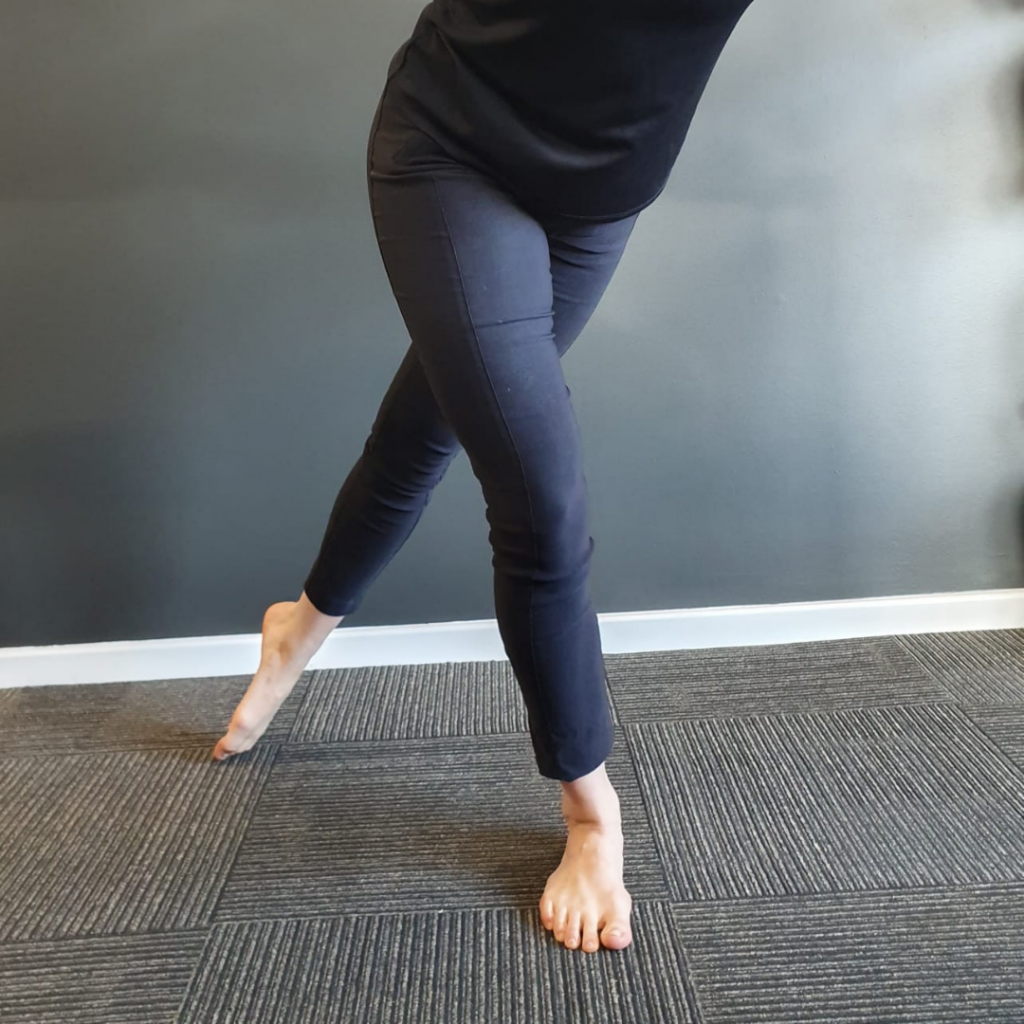With summer slowly coming to an end and winter athletes transitioning from pre-season training to competition we are starting to see an increase in sports-related injuries presenting to the clinic. One of the most common presentations is an ankle sprain or “rolled ankle”.
It was previously believed that ankle sprains are a “self-limiting injury” meaning it would fully heal and return to pre-injury level without rehabilitation. However, research has shown that without appropriate rehabilitation 70% of people will have ongoing pain and dysfunction at 6 months post injury.
So what can happen if you don’t properly rehab a rolled ankle?
Ankle sprains have a high recurrence rate so if rehabilitation is inadequate, you are more susceptible to repeated injury due to decreased strength, balance and joint awareness (aka proprioception). Most ankle sprains don’t require surgery and can be appropriately managed with intensive physiotherapy.
What will the physio do?
There are multiple structures around the ankle that can be damaged during a sprain so it is important to book in with your physiotherapist for an appropriate assessment.
It is common to hear a loud crack or pop when you first roll your ankle which can be quite scary! The physio will screen your ankle to check there are no signs of a fracture, determine the degree of damage to structures and kick-start your rehabilitation so you can return to the sporting field in the fastest and safest way possible.
Stage 1: Acute management
The initial management for an ankle sprain involves controlling swelling, reducing pain and gently restoring movement. Your physio may provide you with a brace or taping to protect the structures from further damage. Rest, ice, compression and elevation can be helpful to manage symptoms.
90% of ankle sprains involve an inversion movement as a mechanism of injury leading to damage of the ligaments on the outside of the ankle. Here is a video showing a common strapping technique for an inversion sprain.
Stage 2: Range of motion, strength and balance
As the swelling resolves, your ankle may start feeling stiff, weak and unstable. The physiotherapist will use manual therapy techniques and guide you through a progressive exercise rehabilitation program to restore ankle range, address strength deficits and improve balance and proprioception.

Stage 3: Return to sport
Once the impairments in strength, balance and joint awareness have been addressed, your physiotherapist will introduce sport-specific drills aimed at improving speed and power to ensure a safe and gradual return to the playing field.
If you have sprained your ankle and need some help, call Mundaring and Hills physiotherapy on (08) 9295 2381 or book an appointment online to kick-start your rehabilitation today!

Benita Mercuri
Physiotherapist
Benita is a Curtin University graduate with a Bachelor of Science in Physiotherapy. She has gained experience in multiple health settings including hospitals, outpatient clinics and as a sports trainer for football, soccer and basketball teams. She has competed at a state level for bodybuilding, gymnastics and netball and at an international level for equestrian and tetrathlon.
Benita enjoys creating personalised rehabilitation programs to help you achieve your optimal health and fitness in the most effective way possible. She is passionate about helping restore athletes to their full potential and her extensive sporting background has equipped her with the skills to treat multiple musculoskeletal conditions.
When not at work, you can find Benita cruising along the coast on her skateboard or training for her next bodybuilding competition.

